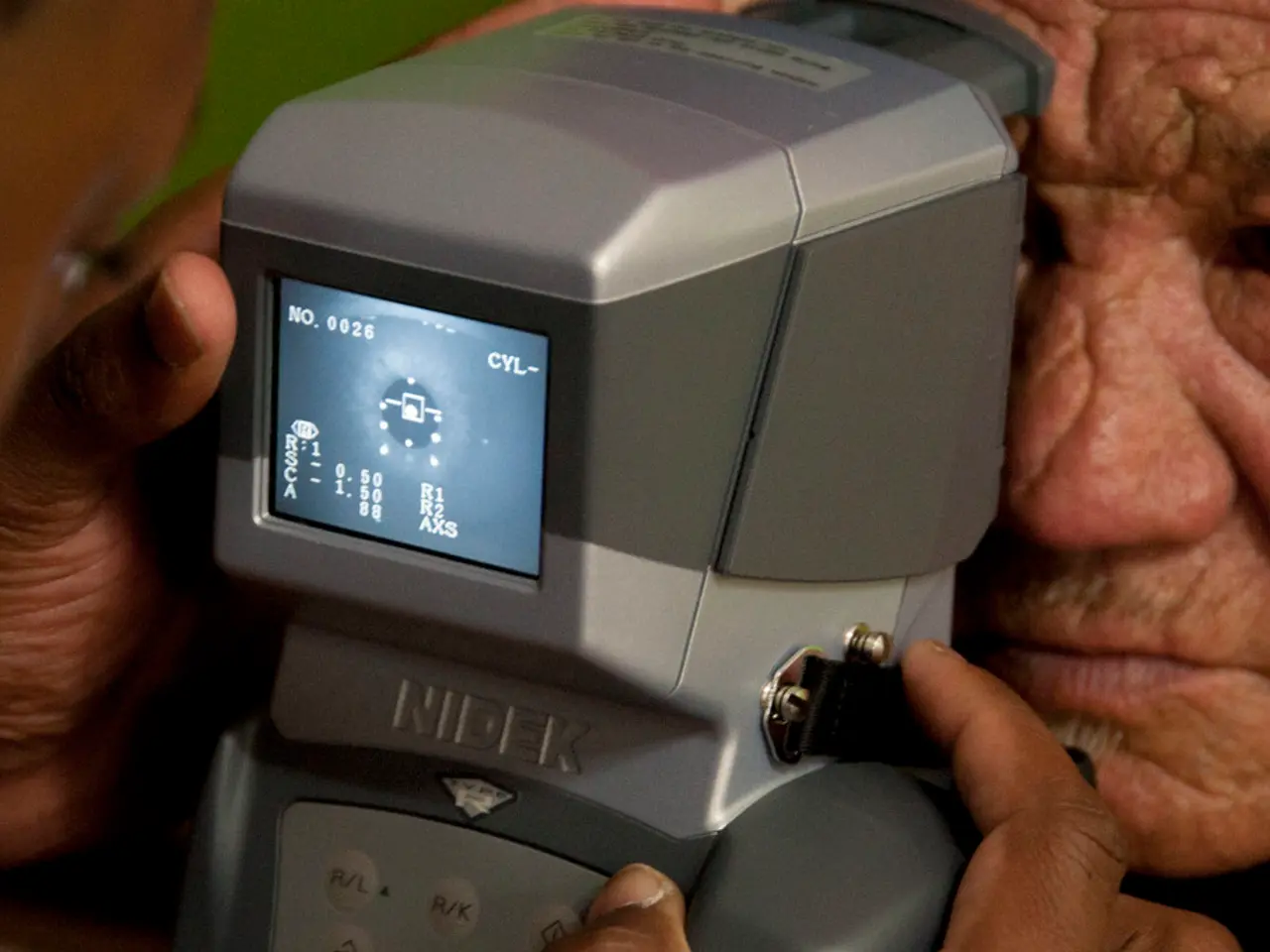Stages of Diabetic Retinopathy: An Overview
Diabetic retinopathy is a common complication of diabetes that affects the delicate blood vessels in the eye. This condition, if left untreated, can worsen over time, leading to vision loss and, in severe cases, blindness.
Stages of Diabetic Retinopathy
Diabetic retinopathy can be classified into two types: nonproliferative diabetic retinopathy (NPDR) and proliferative diabetic retinopathy (PDR). NPDR describes the first three stages, while PDR is the final and most advanced stage.
Mild NPDR
In the earliest stage, Mild NPDR, the retina's blood vessels may show tiny bulges called microaneurysms. These microaneurysms may leak small amounts of blood, causing swelling of the macula, but may not impact a person's vision.
Moderate NPDR
As the disease progresses, blood vessels in the retina swell further in Moderate NPDR, interfering with blood flow to the retina, and multiple microaneurysms are present. This stage can lead to macular edema, causing blurry vision.
Severe NPDR
In Severe NPDR, increased blood vessel blockage and fluid accumulation worsen, leading to more noticeable vision impairment. This stage may involve laser therapy to reduce swelling and prevent progression.
Proliferative Diabetic Retinopathy (PDR)
PDR is the most advanced form of diabetic retinopathy, characterized by the growth of new blood vessels in the retina and the vitreous due to problems with blood vessels depriving the retina of oxygen. These new blood vessels are thin and fragile, prone to bleeding and leaking fluid, causing blurred or fluctuating vision, floaters (dark spots or strings), and potential vision loss or blindness.
Symptoms and Treatments
Symptoms and treatments of diabetic retinopathy vary according to its stages. Early detection through routine eye examinations is critical since early stages may be asymptomatic but amenable to treatment to prevent vision loss.
Mild NPDR
- Symptoms: Often asymptomatic or mild vision changes.
- Treatment: Focuses on managing blood sugar, blood pressure, and cholesterol to slow progression.
Moderate NPDR
- Symptoms: More swelling and blood vessel damage leads to blocked blood flow and fluid buildup in the macula (macular edema), possibly causing blurry vision.
- Treatment: Continued systemic diabetes control plus possible eye treatments if macular edema develops.
Severe NPDR
- Symptoms: Increased blood vessel blockage and fluid accumulation worsen, leading to more noticeable vision impairment.
- Treatment: May involve laser therapy to reduce swelling and prevent progression.
Proliferative Diabetic Retinopathy (PDR)
- Symptoms: New abnormal blood vessels grow on the retina, prone to bleeding and leaking fluid, causing blurred or fluctuating vision, floaters (dark spots or strings), and potential vision loss or blindness. Dark or empty areas in the vision (scotomas) can occur.
- Treatment: More intensive interventions like laser photocoagulation to destroy abnormal vessels, intraocular injections of medications (anti-VEGF agents), and possibly surgery (vitrectomy) to manage bleeding or retinal detachment.
General Treatments
- Tight control of blood sugar, blood pressure, and lipid levels to slow progression.
- Regular comprehensive eye exams involving dilated pupil exams, fluorescein angiography, and optical coherence tomography to assess retinal status and guide treatment decisions.
- Medications such as eye drops, intraocular injections, and surgeries including laser therapy and cataract surgery if cataracts develop.
Early and regular eye examinations are crucial for diagnosing and treating diabetic retinopathy in its early stages, potentially preventing vision loss.




